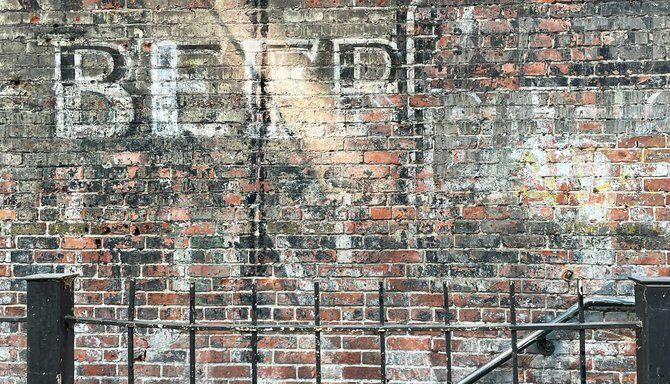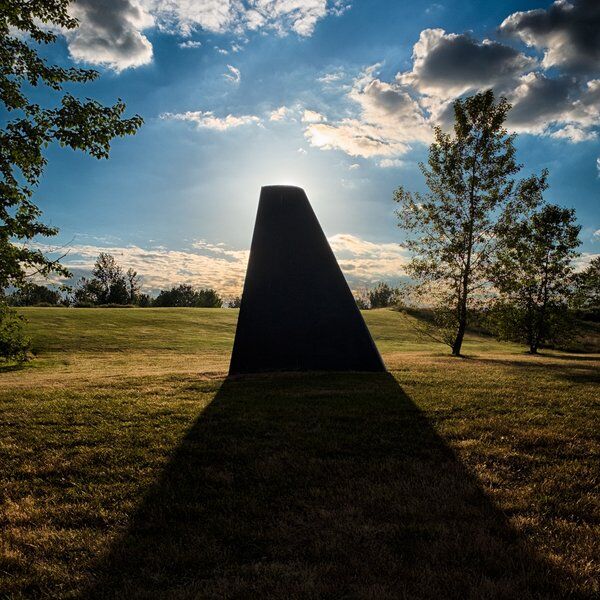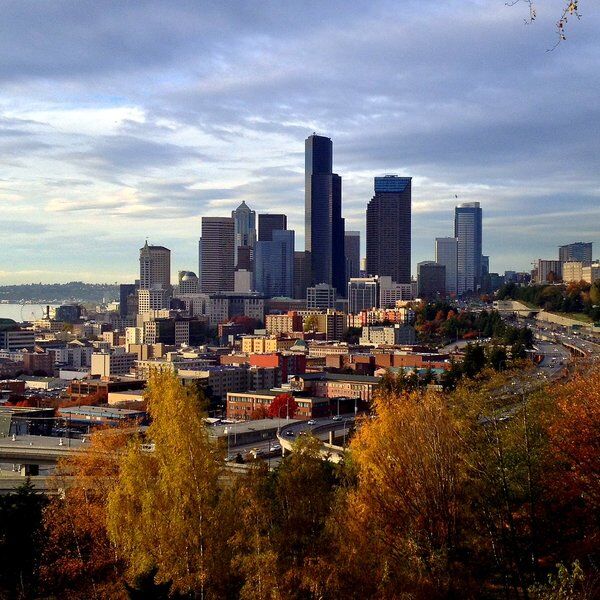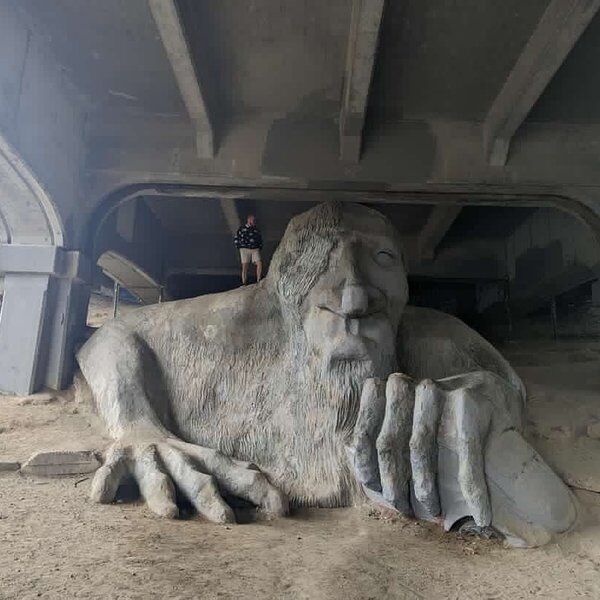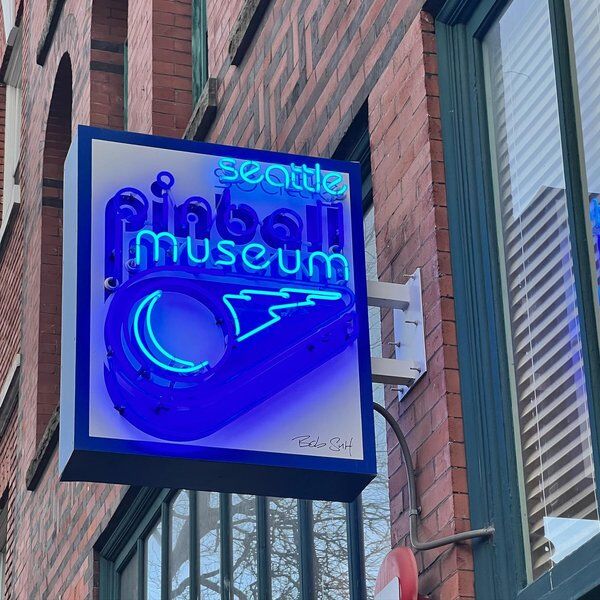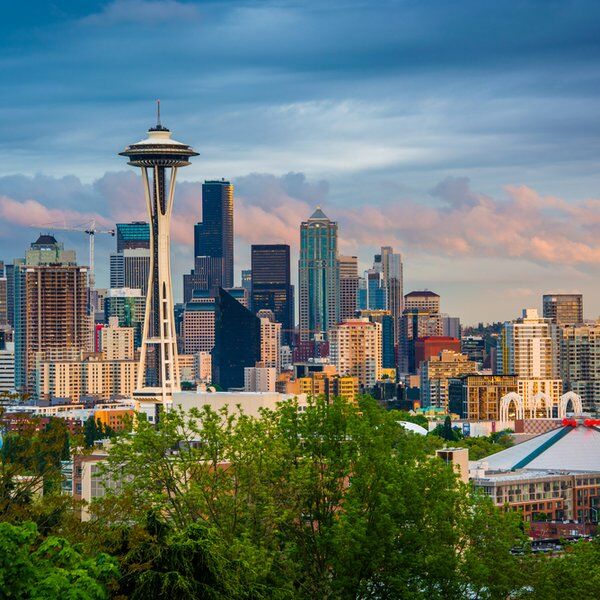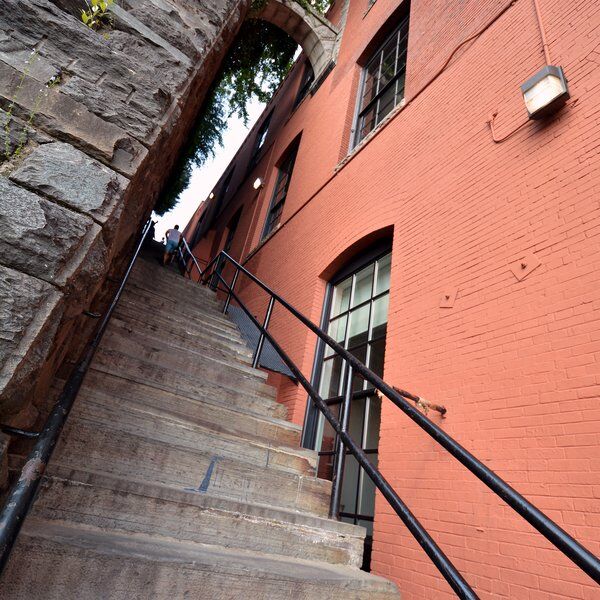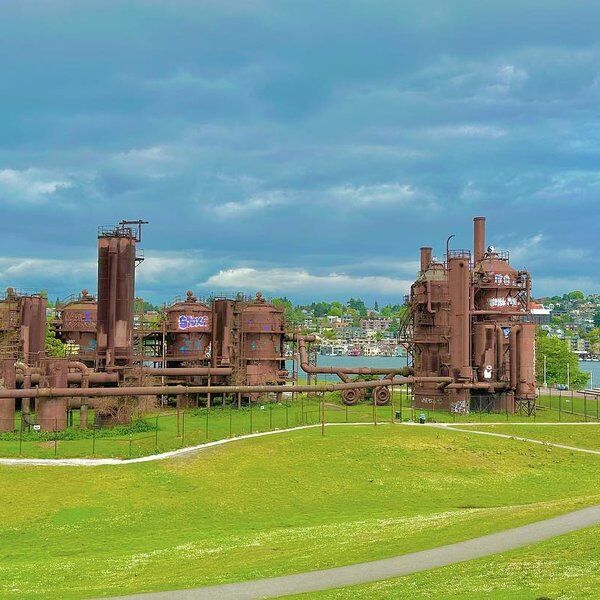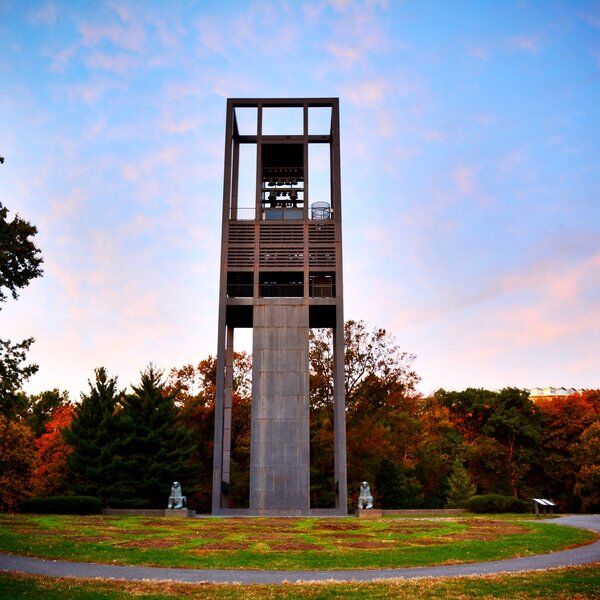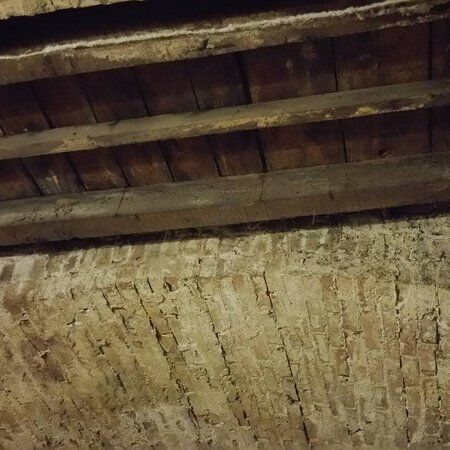
Unveiling the Secrets of the Seattle Underground
Beneath Seattle’s Pioneer Square neighbourhood lies a formerly forgotten world that has since become a means of unveiling the city's intriguing past.
The Seattle Underground, a network of subterranean tunnels and basements that once formed Seattle’s original ground-level neighbourhood, is filled with the ruins of shops, restaurants, and houses, which fell into disuse when the city was elevated.
Today, they offer a glimpse into the city's early days and the transformative events that shaped its development. From the Great Fire of 1889 to urban renewal initiatives, the Seattle Underground – a city beneath the city – holds tales of resilience, ingenuity, and the vibrant spirit of the Emerald City.
By the underground’s unique and paranormal nature, it has become a popular hidden gem (quite literally!) among tourists. Join us as we delve into this once-forgotten treasure and uncover the secrets of the Seattle Underground.
Pioneer Seattle: The Kindling City
Originally, Seattle served as a hub shipping North Pacific lumber to California. It had a natural harbour and a dense coniferous forest making it the perfect lumber port.
However, being the perfect port did not make it the perfect city; positioned barely above sea level the area was vulnerable to rampant flooding.
Consequently, much of pioneer Seattle came to be fixed upon wooden stilts, to bring it out of range of the tide. The buildings were then linked by a series of bridges. Since wood was so readily available the buildings and bridges were wooden too. And so gradually Seattle became the perfect kindling for a great fire.
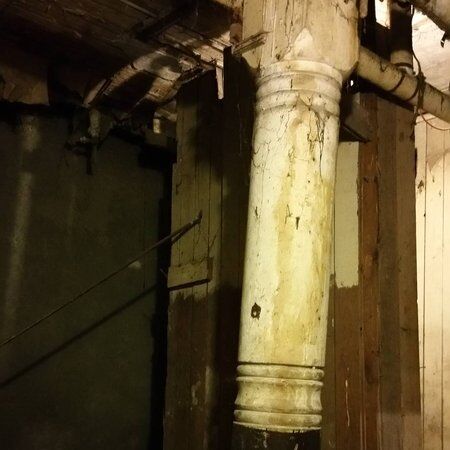
The Great Fire 1889: A Precursor to the Underground
This Great Fire, caused by a carpentry apprentice, occurred on June 6th 1889 and it was devastating; much of the city’s central business district was destroyed. Supposedly, the apprentice was heating glue on a stove.
When they forgot about the glue it boiled over and set light to the trappings of the workshop, which were largely composed of sawdust, woodchips, and turpentine. After trying to extinguish the fire with a bucket of water the flames grew and spread throughout the city.
Coincidentally the fire chief was out of town at the time so the effort to subdue the flames was led by an inexperienced group of volunteers, who succeeded in draining the city’s water pressure and little else.
The overall cost of the damages amounted to around $20 million (over $500 million today) and a young boy tragically died.
Seattle Underground: A City Rises from the Ashes
In the aftermath, city planners made the bold decision to literally ‘raise’ the city out of the ashes, rebuilding it anywhere from 12 to 30 ft higher, as a solution to the flooding. This allowed for the creation of a network of underground passageways with ladders that connected the new street level to the original structures.
In this new city, building ordinances required the use of stone and brick as opposed to the former wooden structures. Concrete walls were then installed along the streets and filled to create new roads.
Many of the original shops and businesses that had already been rebuilt after the fire found themselves on the basement level, as the city was lifted up around them. Some owners began thoroughly decorating their second-floor windows to become the new face of their businesses, leaving the first-floor windows blank.
And thus the Seattle Underground was born, with forgotten storefronts, sidewalks, and remnants of the past perfectly preserved beneath the city's surface.
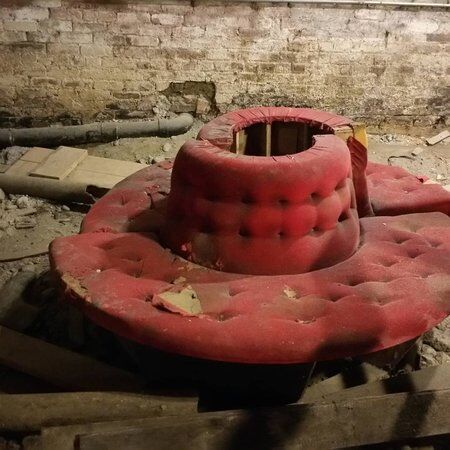
Condemning the Seattle Underground
Once the bubonic plague took hold in 1907, the underground was condemned and abandoned, for fear it was spreading the disease – from here the darker side of society began dwelling in the shadows.
As owners abandoned the basement level of their businesses the space became filled with illegal gambling halls, opium dens, and speakeasies, overrun with gangsters, addicts, and prostitutes.
Anything that held no place in polite society sought comfort in the depths of the new Seattle Underground. But as the years passed, the space beneath Pioneer Square eventually became completely abandoned.
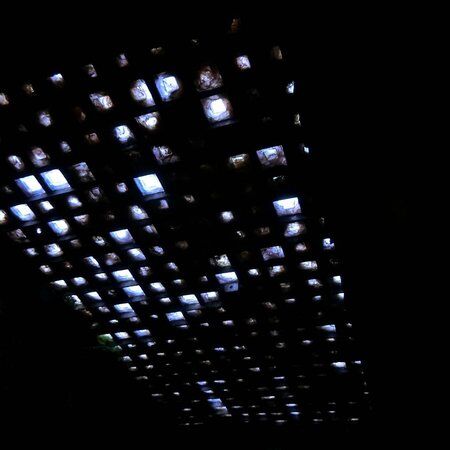
Preserving the Past
In the 1950s, a local historian Bill Speidel decided to tap into the unmatched potential of this fascinating hidden realm. At the time, Pioneer Square was facing development threats; Speidel used the underground – an important aspect of Seattle’s history – to mount a citizen campaign to preserve the beloved buildings and businesses above.
In 1965, after years of campaigning, he amassed almost half a million signatures and created “Bill Speidel’s Underground Tour,” in an attempt to pique people’s interest in Seattle’s forgotten origins. By May 1970 the city council declared 20 blocks of Pioneer Square an Historic District.
Later, Pioneer Square became Seattle’s first neighbourhood to be listed in the National Register of Historic Places. The future of Pioneer Square, and the Seattle Underground, was finally secured.
Today, Speidel’s tour company continues to provide tours, but there are also multiple competing companies now too. Together they offer a range of experiences, from historical tours to ghost tours, allowing visitors to choose their own adventure. Expert guides regale visitors with stories of the city's early pioneers, Prohibition-era speakeasies, and a host of other sordid yet notorious activities that took place within the tunnels.
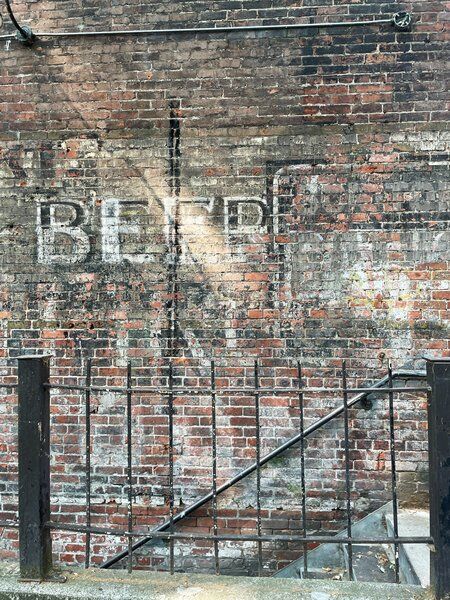
Exploring the Underground
As you step into the historic district of Pioneer Square you'll be greeted by charming cobblestone streets, restored brick buildings, and an ambience that transports you to the city's early days. Pioneer Square is home to a wealth of historic landmarks, including the iconic Smith Tower and the Klondike Gold Rush National Historical Park.
Exploring the underground offers a unique perspective on this storied neighbourhood and provides a deeper understanding of its rich heritage.
Descending into the subterranean passages, you'll wander through dimly lit corridors that were once bustling streets. Marvel at the architectural relics, such as ornate tilework, iron columns, and remnants of storefronts (even the odd toilet!), which provide a tangible connection to Seattle's vibrant past.
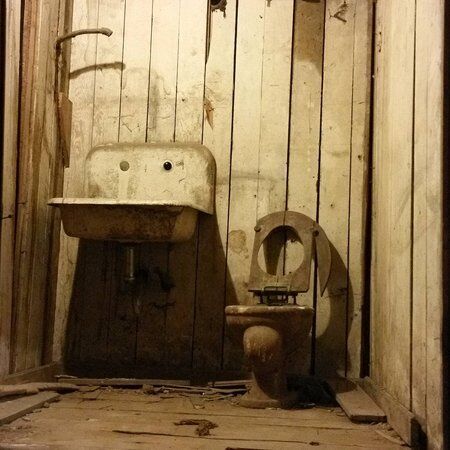
Our Thoughts…
The Seattle Underground serves as a testament to the city's resilience and adaptability. It reflects the ingenuity of its early residents, who refused to let devastating events define their future.
Rising like a phoenix from the ashes into a thriving metropolis showcases Seattle's ability to reinvent itself and embrace its past while embracing progress. The Seattle Underground reminds us that beneath the surface of any city lies a history, waiting to be discovered and shared.
Interested in finding more places like this? Try one of our CityDays Urban Exploration Games - untangle cryptic clues as a team, as you are taken on a journey to the most unique, unusual and bizarre corners of cities around the world.

